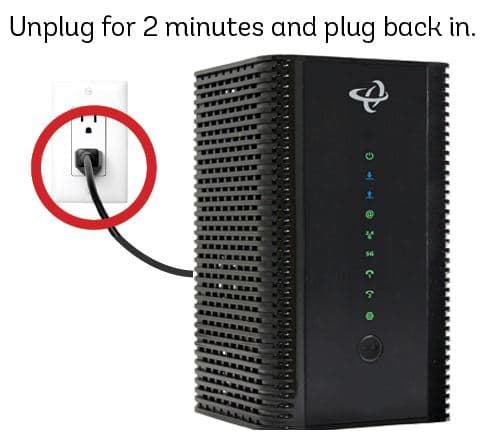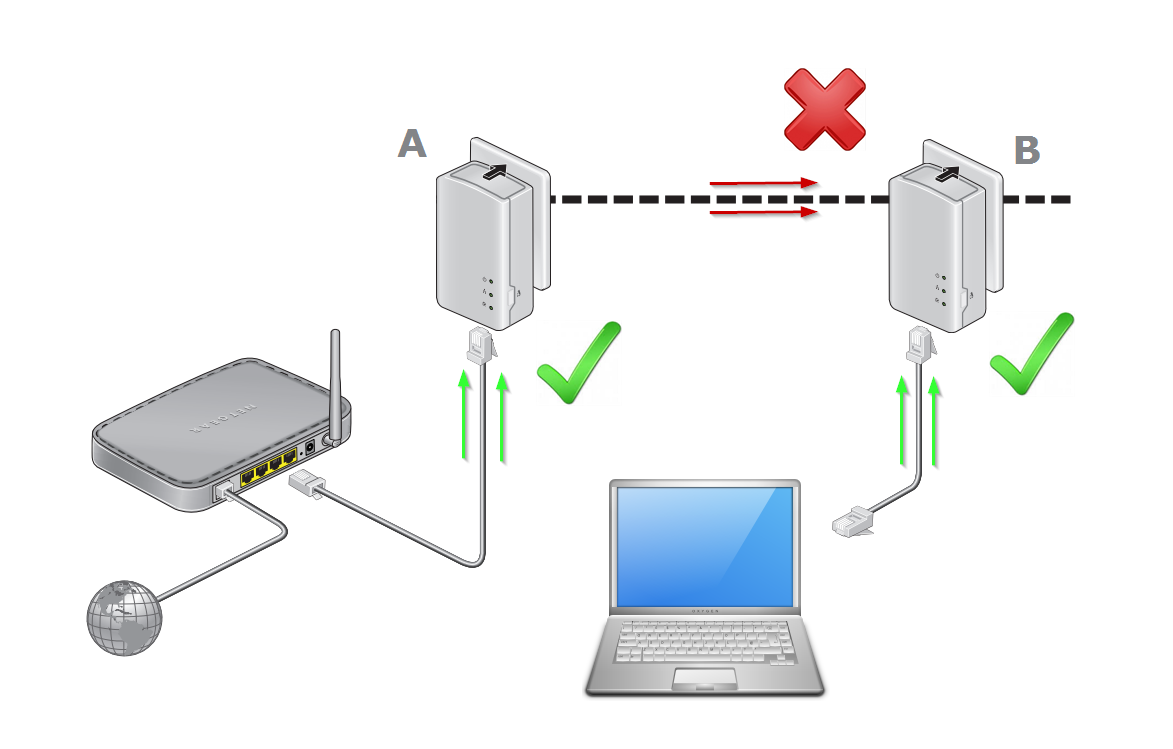In today’s rapidly evolving world of security and surveillance, Power over Ethernet (PoE) technology has emerged as a game-changer for Closed-Circuit Television (CCTV) systems. This innovative approach to powering and connecting devices has revolutionized the way we design, install, and manage video surveillance networks. In this comprehensive guide, we’ll explore the ins and outs of PoE technology and its transformative impact on CCTV applications.
What is Power over Ethernet (PoE)?
Power over Ethernet is a technology that allows network cables to carry electrical power alongside data transmission. In simple terms, PoE enables a single cable to provide both data connection and electric power to devices such as IP cameras, wireless access points, and VoIP phones. This dual functionality eliminates the need for separate power supplies and data cables, streamlining installation and reducing overall system complexity.

How PoE Works
PoE technology works by injecting power onto the Ethernet cable, typically using four unused wires in a standard Cat5e or Cat6 cable. The power is carried alongside the data signals to the powered device (PD), such as a CCTV camera. This process is managed by power sourcing equipment (PSE), which can be either a PoE-enabled network switch or a midspan power injector.
PoE Standards and Power Classes
To ensure compatibility and safety across different devices and systems, several PoE standards have been developed:
- IEEE 802.3af (PoE): The original standard, providing up to 15.4W of power
- IEEE 802.3at (PoE+): An enhanced version, delivering up to 30W of power
- IEEE 802.3bt (PoE++ or 4PPoE): The latest standard, offering up to 60W or 100W of power
These standards define different power classes, allowing devices to negotiate the appropriate power levels they require.
The Role of PoE in CCTV Applications
PoE technology has become increasingly prevalent in CCTV systems due to its numerous advantages over traditional analog setups. Let’s explore how PoE is transforming the landscape of video surveillance.
Simplified Installation and Reduced Costs
One of the primary benefits of PoE in CCTV applications is the significant simplification of the installation process. By eliminating the need for separate power outlets near each camera, PoE dramatically reduces the time and labor required for system setup. This translates to lower installation costs and faster deployment of surveillance networks.
Enhanced Flexibility in Camera Placement
PoE technology provides greater flexibility in camera placement. Since cameras don’t need to be tethered to power outlets, they can be installed in optimal locations for surveillance coverage, even in areas where power access is limited or challenging. This flexibility allows for more comprehensive and effective security monitoring.
Centralized Power Management
PoE switches serve as a central hub for both power distribution and data transmission in CCTV systems. This centralization offers several advantages:
- Easy monitoring of power consumption for each connected device
- Remote power cycling of cameras without physical access
- Simplified troubleshooting and maintenance
- Enhanced system reliability through centralized backup power solutions
Scalability and Future-Proofing
PoE-based CCTV systems are inherently more scalable than their traditional counterparts. Adding new cameras or upgrading existing ones is as simple as connecting them to available PoE switch ports. This scalability ensures that surveillance systems can grow and evolve with changing security needs.
Types of PoE Devices in CCTV Systems
Several key components make up a PoE-enabled CCTV system:
PoE Cameras
These are IP cameras designed to receive both power and data through a single Ethernet connection. PoE cameras come in various types, including:
- Fixed cameras
- Pan-Tilt-Zoom (PTZ) cameras
- Dome cameras
- Bullet cameras
Many modern PoE cameras support high-resolution video, including 4K, and advanced features like built-in analytics and low-light performance.
PoE Switches
PoE switches are the backbone of a PoE-enabled CCTV system. They provide network connectivity and power distribution to connected devices. When selecting a PoE switch for surveillance applications, consider factors such as:
- Number of PoE ports
- Power budget
- Data transmission speed (e.g., Gigabit Ethernet)
- Management features (e.g., VLAN support, QoS)
PoE Injectors
Also known as midspans, PoE injectors are used to add PoE capability to non-PoE network switches. They’re particularly useful when upgrading existing networks to support PoE devices without replacing the entire switching infrastructure.
PoE Extenders
PoE extenders are used to overcome the 100-meter distance limitation of standard Ethernet cables. They allow for the deployment of cameras in remote locations by repeating both the data signal and power over additional cable runs.
Advantages of PoE CCTV Systems Over Traditional Setups
PoE technology offers several compelling advantages over traditional analog CCTV systems:
- Reduced Cable Clutter: By combining power and data transmission into a single cable, PoE significantly reduces cable clutter and simplifies cable management.
- Lower Total Cost of Ownership: While the initial investment in PoE equipment may be higher, the reduced installation and maintenance costs often result in a lower total cost of ownership over the system’s lifetime.
- Improved Reliability: PoE systems can be backed up with uninterruptible power supplies (UPS) at the switch level, ensuring continuous operation during power outages.
- Higher Video Quality: PoE enables the use of high-resolution IP cameras, providing superior image quality compared to analog systems.
- Advanced Features: IP-based PoE cameras often come with built-in analytics, remote access capabilities, and integration with other security systems.
- Standardization: PoE technology is based on widely adopted IEEE standards, ensuring interoperability between devices from different manufacturers.
Considerations When Implementing PoE CCTV Systems
While PoE offers numerous benefits, there are several factors to consider when implementing a PoE-based CCTV system:
Power Budget Planning
Careful planning of the power budget is crucial to ensure that the PoE switch can adequately power all connected devices. Consider the power requirements of each camera and allow for some headroom for future expansion.
Network Infrastructure
Evaluate your existing network infrastructure to determine if it can support the additional bandwidth requirements of IP cameras. Upgrading to Gigabit Ethernet may be necessary for high-resolution video streams.
Cable Quality
The quality of the Ethernet cabling is critical in PoE systems. Use high-quality Cat5e or Cat6 cables to ensure reliable power and data transmission, especially over longer distances.
Security Considerations
As PoE CCTV systems are network-based, implementing robust cybersecurity measures is essential. This includes:
- Securing the network with firewalls and intrusion detection systems
- Regularly updating firmware on cameras and switches
- Implementing strong password policies
- Encrypting video streams and stored data
Environmental Factors
Consider the environmental conditions where cameras will be installed. For outdoor applications, ensure that both cameras and cabling are rated for the expected temperature range and weather conditions.
Future Trends in PoE CCTV Technology
The field of PoE CCTV technology continues to evolve rapidly. Some emerging trends to watch include:
- Higher Power Delivery: Future PoE standards may push power delivery beyond the current 100W limit, enabling support for even more power-hungry devices.
- Integration with IoT: PoE technology is well-positioned to support the growing Internet of Things (IoT) ecosystem, potentially powering a wide range of sensors and smart devices alongside cameras.
- AI-Powered Analytics: As edge computing capabilities improve, we can expect to see more advanced AI-powered analytics running directly on PoE cameras, reducing the need for centralized processing.
- Software-Defined Networking (SDN): The integration of PoE CCTV systems with SDN technologies may lead to more flexible and dynamically manageable surveillance networks.
- Green Energy Integration: Future PoE systems may incorporate energy harvesting technologies or integrate more seamlessly with renewable energy sources to improve energy efficiency.
Best Practices for PoE CCTV System Design and Implementation
To maximize the benefits of PoE technology in CCTV applications, consider the following best practices:
- Conduct a Thorough Site Survey: Before installation, perform a comprehensive site survey to identify optimal camera locations, potential obstacles, and network infrastructure requirements.
- Design for Scalability: Plan your PoE network with future growth in mind. Choose switches with additional port capacity and higher power budgets than immediately required.
- Implement Network Segmentation: Use VLANs to separate CCTV traffic from other network traffic, enhancing both security and performance.
- Prioritize Video Traffic: Implement Quality of Service (QoS) policies to ensure that video streams receive priority over other network traffic.
- Regular Maintenance and Updates: Establish a routine maintenance schedule for firmware updates, security patches, and physical inspections of cameras and network equipment.
- Document Everything: Maintain detailed documentation of your PoE CCTV system, including network diagrams, IP addressing schemes, and configuration settings.
- Train Your Team: Ensure that your IT and security personnel are well-trained in the operation and maintenance of PoE-based CCTV systems.
Conclusion
Power over Ethernet technology has revolutionized the CCTV industry, offering a more efficient, flexible, and cost-effective approach to video surveillance. By simplifying installation, reducing costs, and enabling advanced features, PoE has become the go-to solution for modern CCTV applications.
As the technology continues to evolve, we can expect to see even more innovative uses of PoE in security and beyond. Whether you’re upgrading an existing surveillance system or planning a new installation, understanding the capabilities and considerations of PoE technology is crucial for making informed decisions and maximizing the benefits of your CCTV infrastructure.
By embracing PoE technology, organizations can build more robust, scalable, and future-proof surveillance systems that meet the ever-growing demands of modern security challenges. As we look to the future, the integration of PoE with emerging technologies like AI, IoT, and edge computing promises to unlock even greater potential for intelligent and responsive security solutions.





